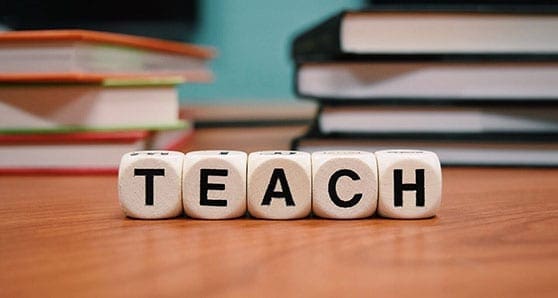 Prince Edward Island opposition MLA Sidney MacEwen made headlines earlier this month when he challenged the government to enforce class-size limits. But the evidence shows such a move is costly and relatively fruitless in terms of academic gain.
Prince Edward Island opposition MLA Sidney MacEwen made headlines earlier this month when he challenged the government to enforce class-size limits. But the evidence shows such a move is costly and relatively fruitless in terms of academic gain.
MacEwen, a Progressive Conservative, zeroed in on supposedly large kindergarten classes and called on the Liberal government to place a hard cap on the number of kids in them.
Politicians mean well when they call for smaller classes. But the evidence-based research shows that capping class sizes has only limited effectiveness and often makes it more difficult to improve student achievement.
John Hattie, director of the Melbourne Education Research Institute at the University of Melbourne, is recognized as one of the world’s top educational researchers. He has analyzed hundreds of studies to determine the factors that most influence student achievement and found that capping class size brings a huge cost but has only a small benefit.
In the International Guide to Student Achievement (2013), Hattie concluded, “there is a voluminous literature that does not support the claim that learning outcomes are markedly enhanced when class sizes are reduced.”
One of the most commonly referenced studies on class size took place in Tennessee from 1985-89. It found that while students in the smaller classes generally displayed modest academic improvement, this factor’s effect on student achievement remained quite small. This is a point that various studies agree upon.
Reducing class sizes is expensive, as government has to hire additional teachers and construct new classrooms. It is important to ask whether it makes sense to allow the education budget to be eaten up by an initiative with such little effect.
Instead of reducing class size, provinces should focus on reforms that actually improve student achievement. One thing the research is clear about is that the quality of the teacher in the classroom matters more than almost anything else. A class of 30 students with a great teacher is far better off than a class of 15 with a poor teacher.
When it comes to improving instruction, traditional, teacher-centred methodologies such as direct instruction are considerably more effective than student-centred methodologies such as discovery learning. That was the conclusion of Jeanne Chall, a former professor in the Harvard Graduate School of Education and founder of the Harvard Reading Laboratory.
Her final book, The Academic Achievement Challenge: What Really Works in the Classroom (2000), concluded, “traditional, teacher-centred schools . . . are more effective than progressive, student-centred schools for the academic achievement of most children.” Teacher-centred education was especially beneficial for “children of less educated families, inner-city children, and those with learning difficulties at all social levels.”
It is unfortunate that many schools across Canada continue to promote ineffective discovery learning practices. As long as schools remain in the grip of this misguided trend, class sizes are basically irrelevant.
Improving classroom instruction may not be as simple as reducing class size, but it would be a whole lot more effective.
Michael Zwaagstra is a a public high school teacher and co-author of What’s Wrong With Our Schools and How We Can Fix Them.
Michael is a Troy Media contributor. Why aren’t you?
The views, opinions and positions expressed by columnists and contributors are the author’s alone. They do not inherently or expressly reflect the views, opinions and/or positions of our publication.


